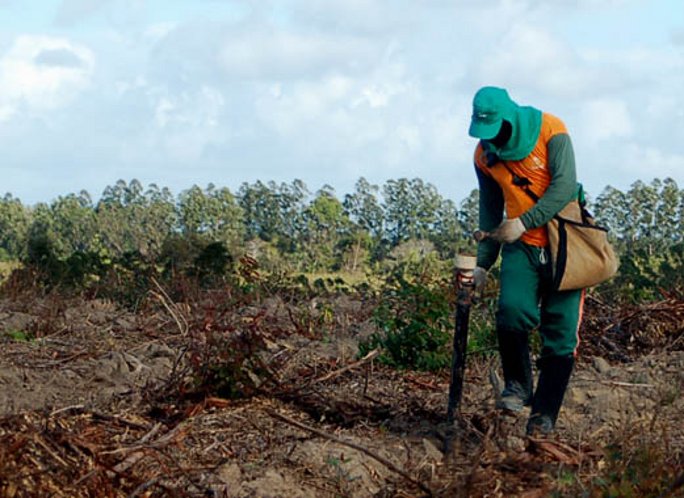Part 5 - Hope, Resistance and Agroecology
Throughout history, colonial plantations have dominated territories and deliberately destroyed traditional systems of self-production that were previously based on custodianship with nature. Plantations have historically been constituted through colonization and slavery. From colonialism to the “green revolution”, and now the “green economy”, small farmers and traditional communities have been marginalized by large-scale, export-based agriculture.
Traditional agriculture systems have been devalued and seen as under-productive inside the dominant economic development model which has led to policies that center unremittingly on markets and profits for the elite classes. The needs and interests of local communities are not taken into account by this narrow vision of mass production. Consequently, the skills and knowledges of traditional communities have been relegated to the “informal economy”, particularly for women.
The result has been large land grabs that have caused evictions, pesticide poisoning, loss of biodiversity, pollution of waterways, and outright destruction of cultural traditions, land fertility and survivability. In the face of this destructive model social movements and community groups have continued to resist against incredible odds. Local populations have been fighting to survive by recuperating lands while simultaneously protecting natural resources and producing food.
Without resistance to extractive industries and the destructive agro-industrial model, much of the remaining biodiversity on this planet would have most likely already been lost. Although everyone in this photo essay is living a form of continual resistance, this final section highlights just a few of the many acts of stewardship and community resistance in the region.

